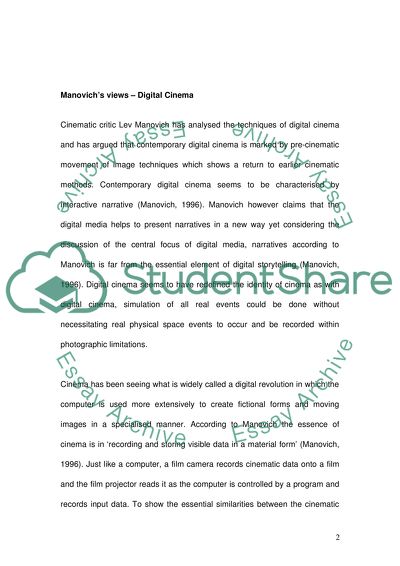Cite this document
(“The Arguments and Propels for Disciplining New Media Research Paper”, n.d.)
The Arguments and Propels for Disciplining New Media Research Paper. Retrieved from https://studentshare.org/visual-arts-film-studies/1525337-digital-media-essay
The Arguments and Propels for Disciplining New Media Research Paper. Retrieved from https://studentshare.org/visual-arts-film-studies/1525337-digital-media-essay
(The Arguments and Propels for Disciplining New Media Research Paper)
The Arguments and Propels for Disciplining New Media Research Paper. https://studentshare.org/visual-arts-film-studies/1525337-digital-media-essay.
The Arguments and Propels for Disciplining New Media Research Paper. https://studentshare.org/visual-arts-film-studies/1525337-digital-media-essay.
“The Arguments and Propels for Disciplining New Media Research Paper”, n.d. https://studentshare.org/visual-arts-film-studies/1525337-digital-media-essay.


